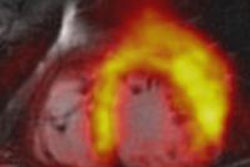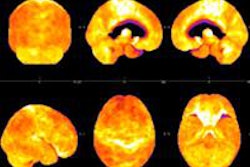The U.S. Joint Commission said it will be implementing new diagnostic imaging standards for accredited hospitals, critical access hospitals, and ambulatory healthcare organizations.
The first phase of the changes will become effective July 1, 2014, with additional requirements to be phased in by 2015, according to Joint Commission. The standards changes relate to quality and safety issues that have been revised to better address the evolution of healthcare delivery services and expand Joint Commission requirements -- for example as they relate to MRI, the organization said.
The changes, which will also apply to ambulatory organizations that have achieved Advanced Diagnostic Imaging certification, will incorporate recommendations from diagnostic imaging experts, professional associations, and accredited organizations on topics that must be evaluated to ensure the safe delivery of diagnostic imaging services, the Joint Commission said.
The first phase will focus on CT, nuclear medicine, PET, and MRI. Scheduled for implementation in 2015, the second phase will focus on fluoroscopy, minimum qualifications for clinicians who perform imaging exams, and cone-beam CT used in dental offices and oral and maxillofacial surgery practices.
The Joint Commission said that areas addressed in the new and revised standards include the following:
- Minimum competency for radiology technologists, including registration and certification by July 1, 2015
- Annual performance evaluations of imaging equipment by a medical physicist
- Documentation of CT radiation dose in the patient's clinical record
- Meeting the needs of the pediatric population through imaging protocols and considering patient size or body habitus when establishing imaging protocols
- Management of safety risks in the MRI environment
- Collection of data on incidents in which preidentified radiation dose limits have been exceeded
The prepublication requirements can be accessed on the Joint Commision website.




















